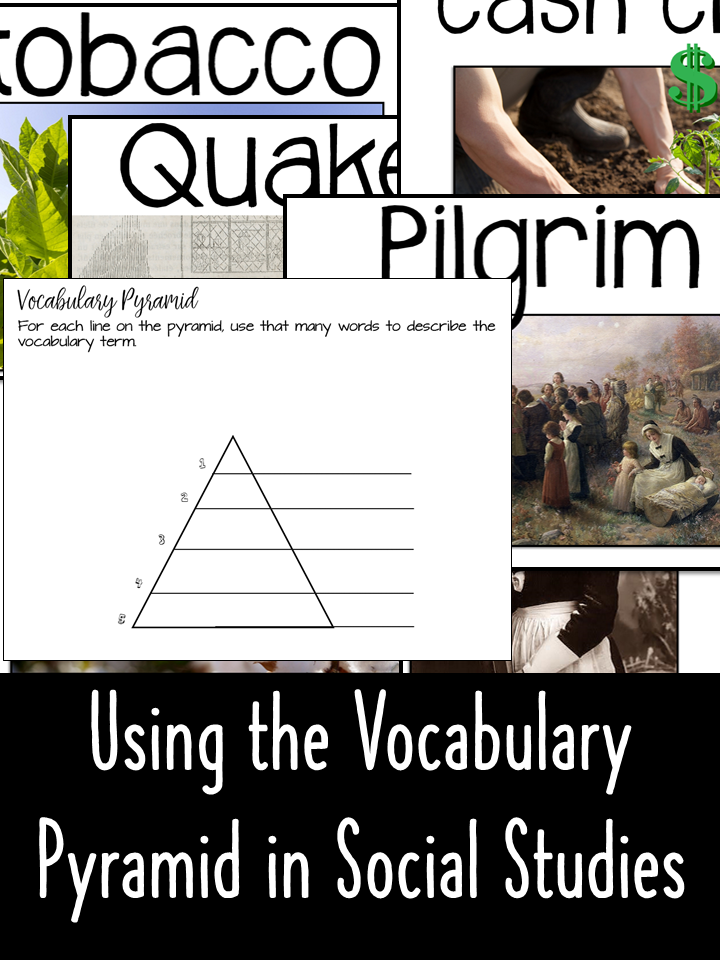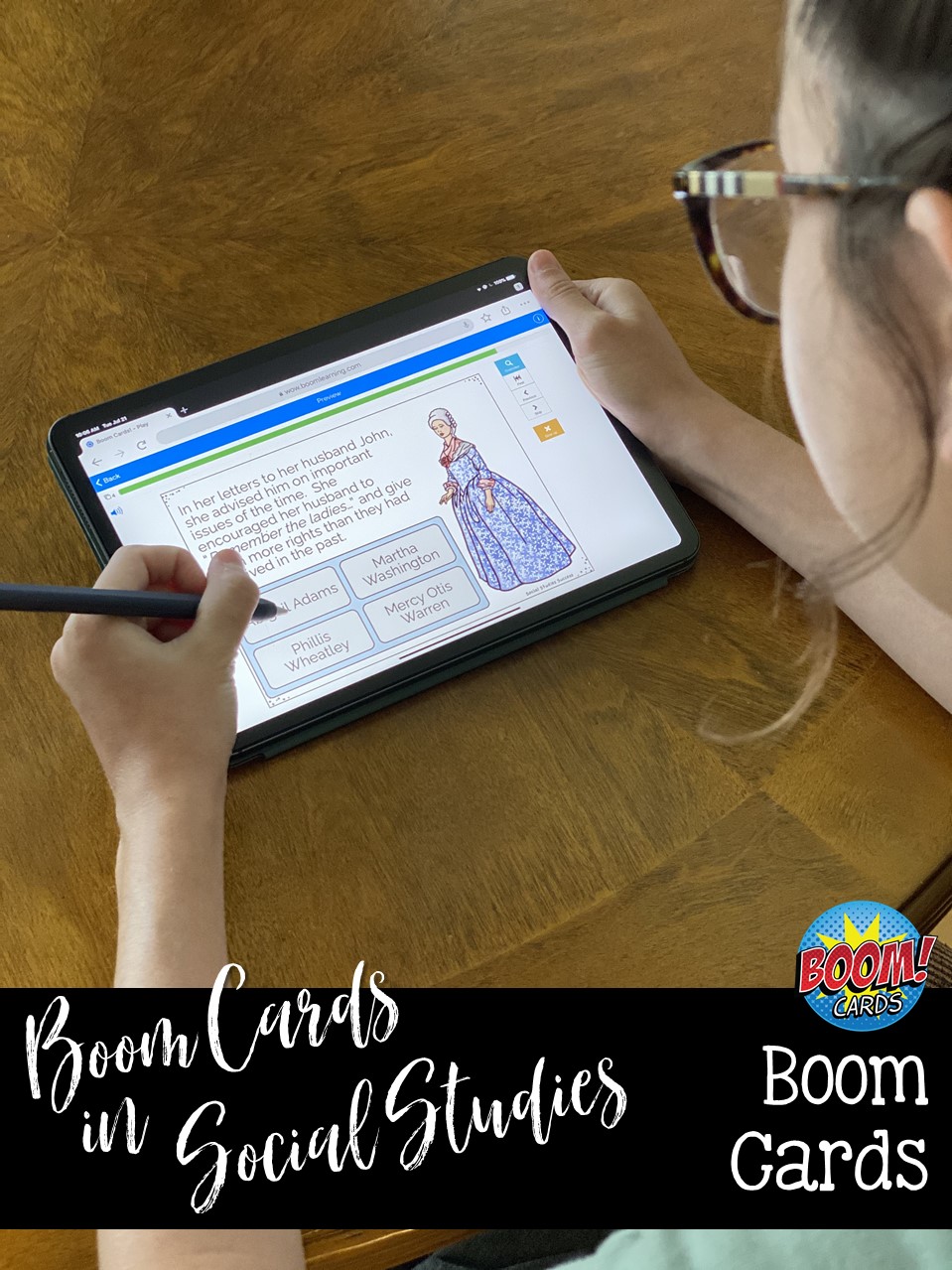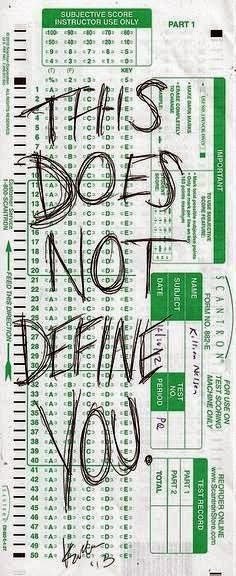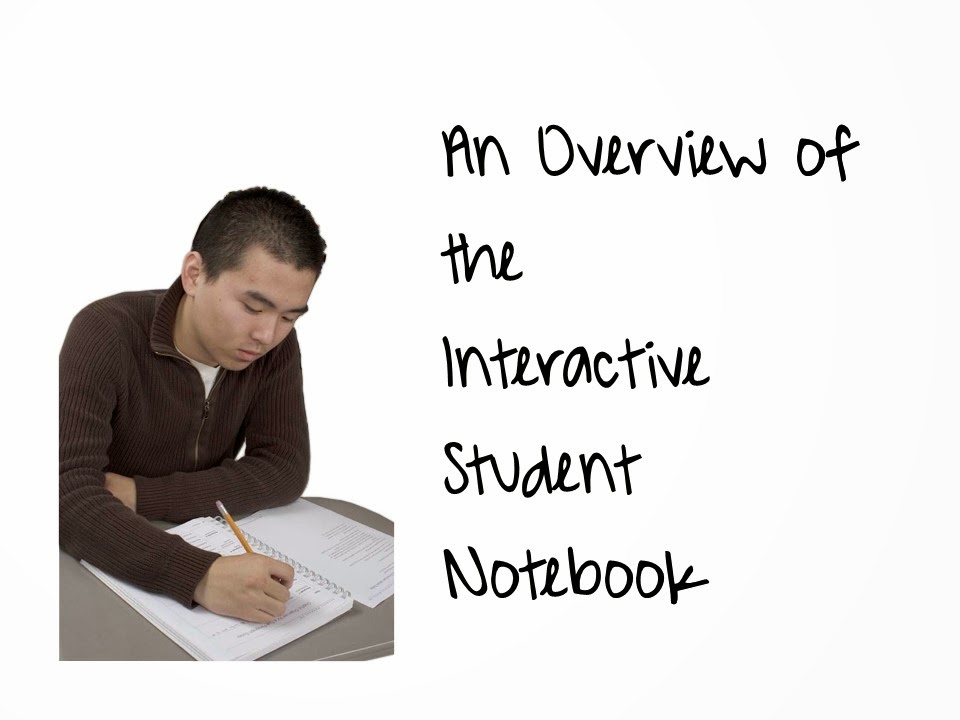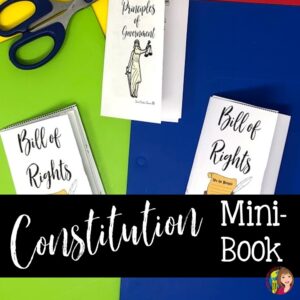Supporting Struggling Readers In Secondary Social Studies
 Many secondary students struggle reading the complex text that is required of a history course. The primary sources and dense textbook often provide a real challenge for students who cannot manage the complicated vocabulary and sentence structure they encounter when reading expository text. How can a teacher help support these readers? Structures must be put in place to scaffold the text for students before, during and after reading. Teachers cannot just assign “Chapter 5, Section 1” for reading homework and expect students to read and comprehend the content.
Many secondary students struggle reading the complex text that is required of a history course. The primary sources and dense textbook often provide a real challenge for students who cannot manage the complicated vocabulary and sentence structure they encounter when reading expository text. How can a teacher help support these readers? Structures must be put in place to scaffold the text for students before, during and after reading. Teachers cannot just assign “Chapter 5, Section 1” for reading homework and expect students to read and comprehend the content. The first step for supporting a struggling reader is to provide a Pre-Reading assignment. What do the students already know about the content they are going to read? Is the reading about explorers? You could create an anticipation guide asking what actions make a person a hero or a villain. Are you studying the Civil War? Show students two different sets of quotes – one from the point of view of the North and South, and ask what they reveal about the emotions involved during the time period.
Once students are in the text, what supports have you put in place During Reading? You could provide students with an opinion/proof and require them to find evidence to support a certain point of view. Or try annolighting – students are required to highlight key information, but then support it by annotating their thoughts in the margin. Another great During Reading strategy is Cartoon Capers – in this strategy, students read a selection of text, then animate it on an index card. When they finish the selection, they should have a brief series of cartoons summarizing the content.
 The final step is allowing the students to process the information in an After Reading activity. This step is vital! It prevents students from letting key content slip away. Students must be allowed to share their thinking in a variety of ways. They could write a dialogue between a Northerner or Southerner on the eve of the Civil War. They could create a mosaic highlighting the Bill of Rights or even answer short starter statements with “Pick a Card”.
The final step is allowing the students to process the information in an After Reading activity. This step is vital! It prevents students from letting key content slip away. Students must be allowed to share their thinking in a variety of ways. They could write a dialogue between a Northerner or Southerner on the eve of the Civil War. They could create a mosaic highlighting the Bill of Rights or even answer short starter statements with “Pick a Card”. If you like these ideas – you can find my free reading strategies manual here:


